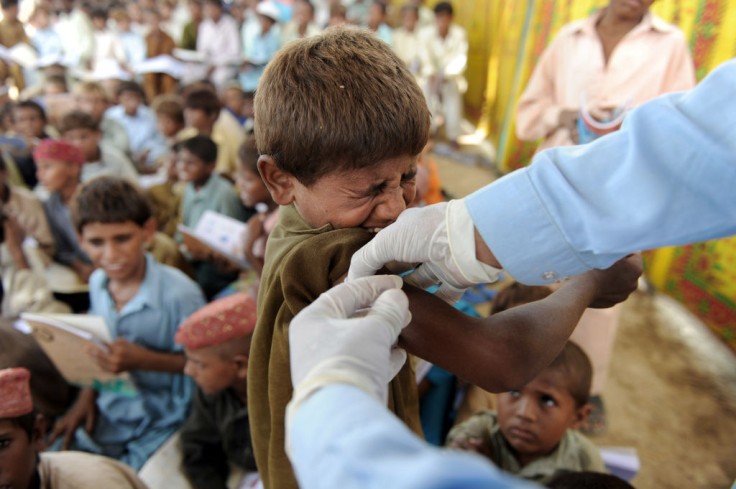
The 2022 acute, unexplained hepatitis outbreak that victimized healthy children is reported to be linked to a common childhood respiratory virus, numerous studies state.
The mysterious hepatitis, a liver inflammation disease that has attacked over a thousand healthy children last year nationwide, including 350 American kids, with no known cause between April to July 2022, has been linked to adeno-associated virus 2 or AAV2, according to three independent studies published in Nature journal Thursday.
It was an outbreak where almost 50 children needed liver transplants, and 22 died. According to new research, AAV2 was present to almost all children that had the unexplained severe hepatitis, and were infected with multiple "helper" viruses like adenovirus or herpesvirus.
Further, researchers also stated that the outbreak timing may have been associated with the Covid-19 pandemic restriction's global loosening after a long period of isolation.
"Children were suddenly exposed to a barrage of viruses after lockdowns or had poorly trained immune systems that led to an increased susceptibility to otherwise harmless viruses," Germany's gastroenterologist Dr. Frank Tacke wrote in a published editorial alongside the new studies.
Three studies from US and UK
One of the three new studies was made in the United States while two were made in the United Kingdom, CNN Health reported.
The research that used kids from the US discovered AAV2 in 93 percent of the 14 cases but only 14 percent of 113 controls. One hundred percent of the children with AAV2 were also infected with a "helper" virus, which were either human herpesvirus 6 or Epstein-Barr virus. These helper viruses could have promoted replication of the AAV2.
Authors of the US study stated that the co-infection with AAV2 might have caused a more severe liver disease as compared with only an adenovirus or herpesvirus infection.
The second study, which was done in the United Kingdom, detected high levels of AAV2 in 96 percent of the 28 affected children. Further, low levels of human adenovirus and human herpesvirus 6 were found in all of the kids' liver in most cases, which caused the AAV2 replication and liver damage.
The third study, which also took place in the UK, discovered an abnormal immune response that could have promoted the AAV2 liver damage. Eighty-one percent of 32 affected children had been found with high levels of AAV2 in both blood and liver samples while seven percent of 74 unaffected children had been detected with low levels of AAV2. Further, 93 percent of the affected children carried a genetic mutation that puts them at risk for autoimmune diseases, which involves T cells.
Recommended for further studies
Health officials reported last year that the mysterious hepatitis outbreak may have been linked to adenovirus, which causes mild cold or flu-like diseases, according to Medical News Today.
However, experts stressed that the adenovirus only usually affects individuals with very weak immune systems. Further, various strains established that a single viral strain is unable to explain the outbreak.
The recent findings, on the other hand, are "likely to spark debate, and could influence disease management," Dr. Tacke expressed. The findings will be of help to find a concrete treatment. If AAV2 is truly responsible, antiviral treatments could be appropriate. If an unusual immune response is responsible, drugs that weaken the immune system are necessary.
Several uncertainties, nonetheless, remain despite the consistent discoveries from the two countries that offer strong proof. Questions still need to be answered such as whether the AAV2 is the direct cause of liver damage or is "just a bystander."
Dr. Tacke further explained that "if AAV2 directly caused hepatitis, one would expect more cases to have been reported."
Related article : Severe Hepatitis Cases in Young Children Rising With CDC and UKHSA Issuing Health Warnings